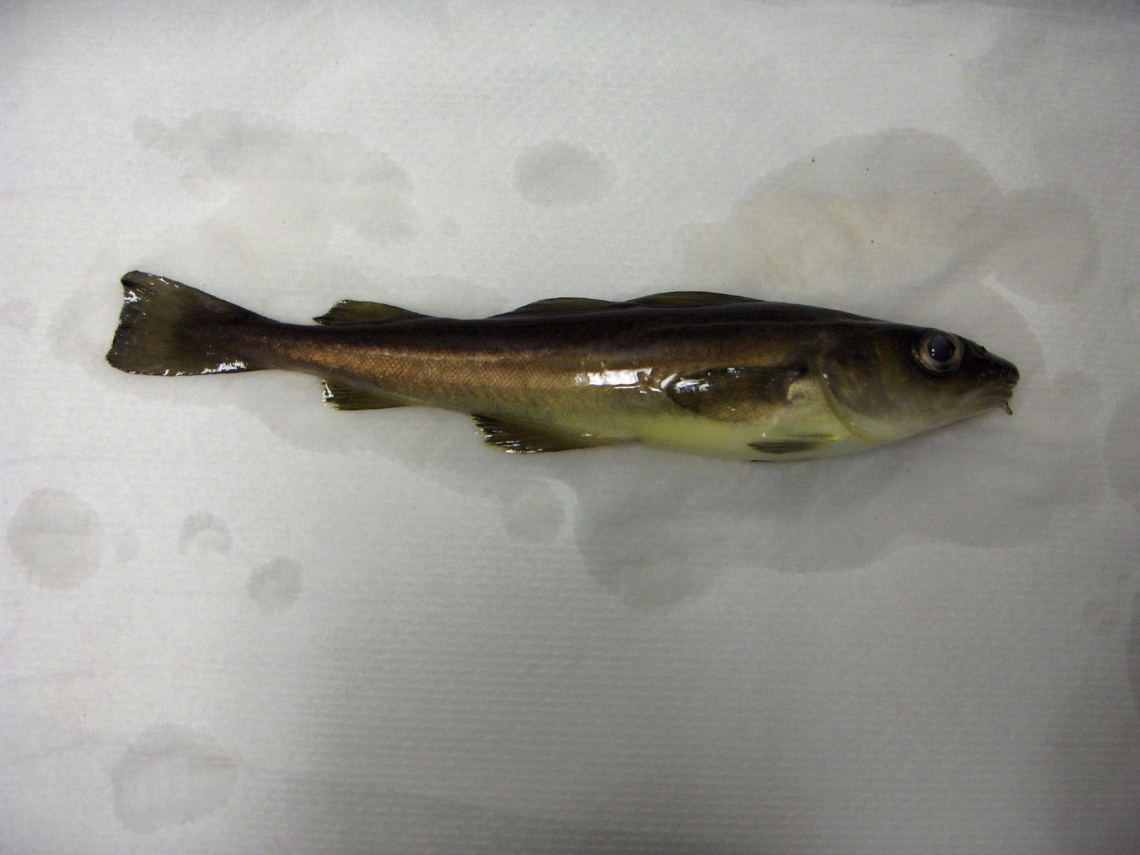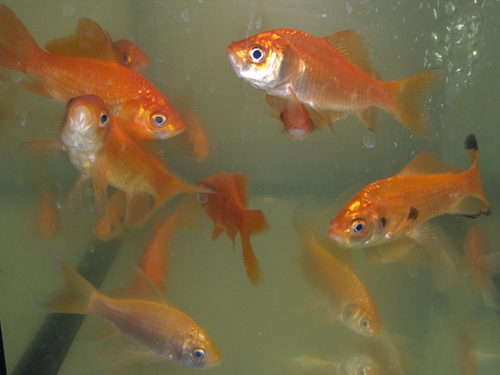Research interests
Major area of research
Neuroendocrine mechanisms regulating food intake and reproductive behavior in fish
Overview of hormones, feeding and reproduction
In vertebrates, growth and reproduction require a tight regulation of energy balance, the net difference between energy intake and expenditure. In mammals, the regulation of food intake involves hormones produced by both brain and peripheral tissues. These hormones either stimulate (orexigenic) or inhibit (anorexigenic) feeding. Among brain factors are the orexigenic neuropeptide Y (NPY) and orexins (OX), and the anorexigenic CART (cocaine and amphetamine regulated transcript). Peripheral feeding regulators include gut hormones, such as cholecystokinin (CCK) and gastrin-releasing peptide (GRP), the pancreatic hormone amylin, and the stomach-derived hormone ghrelin.
To date, most of our knowledge on the endocrine regulation of feeding comes from mammalian studies. Although homologs of mammalian feeding-related peptides have been identified in fish and shown to regulate feeding via mechanisms apparently similar to that seen in mammals, our current understanding of the regulation of feeding in fish is very limited. Very few marine species have been examined.
Why fish?

Fish are capable of undergoing prolonged periods of fasting. The endocrine mechanisms controlling such drastic changes in feeding behavior have never been investigated.

In fish, seasonal changes in feeding behavior often coincide with spawning migration and reproduction.

Assessing the role of appetite regulators in the reproductive cycle of fish could provide important clues to understand the link between nutrition and the reproductive axis.
Our research objectives and approaches
We use goldfish and several marine fish (Atlantic cod, flounder...) as models for our studies
| Objective | Approach and techniques |
| identify hormones involved in feeding in fish | gene and cDNA cloning |
| localize sites of production | RT-PCR, Northern/slot blots of tissues |
| assess the effects of intrinsic/extrinsic factors on the action/expression of hormones | gene expression studies (quantitative PCR) |
| assess the effects of reproductive stages on the action/expression of hormones | gene expression studies (quantitative PCR) |
| assess the effects of hormones on feeding | Behavioral observations and assessment of food intake following in vivo brain and peripheral (intraperitoneal) injections of hormones |
| assess the effects of hormones on reproductive behavior | Behavioral observations and assessment of food intake following in vivo brain and peripheral injections of hormones |
These studies will help us
- establish a model of the endocrine regulation of feeding in vertebrates
- provide new approaches to manage and enhance growth and reproduction in fish (critical for the aquaculture industry).
- produce important new insights into the mechanisms that rule diseases involving dysregulation of energy homeostasis in mammals, e.g. obesity and diabetes (medical applications)